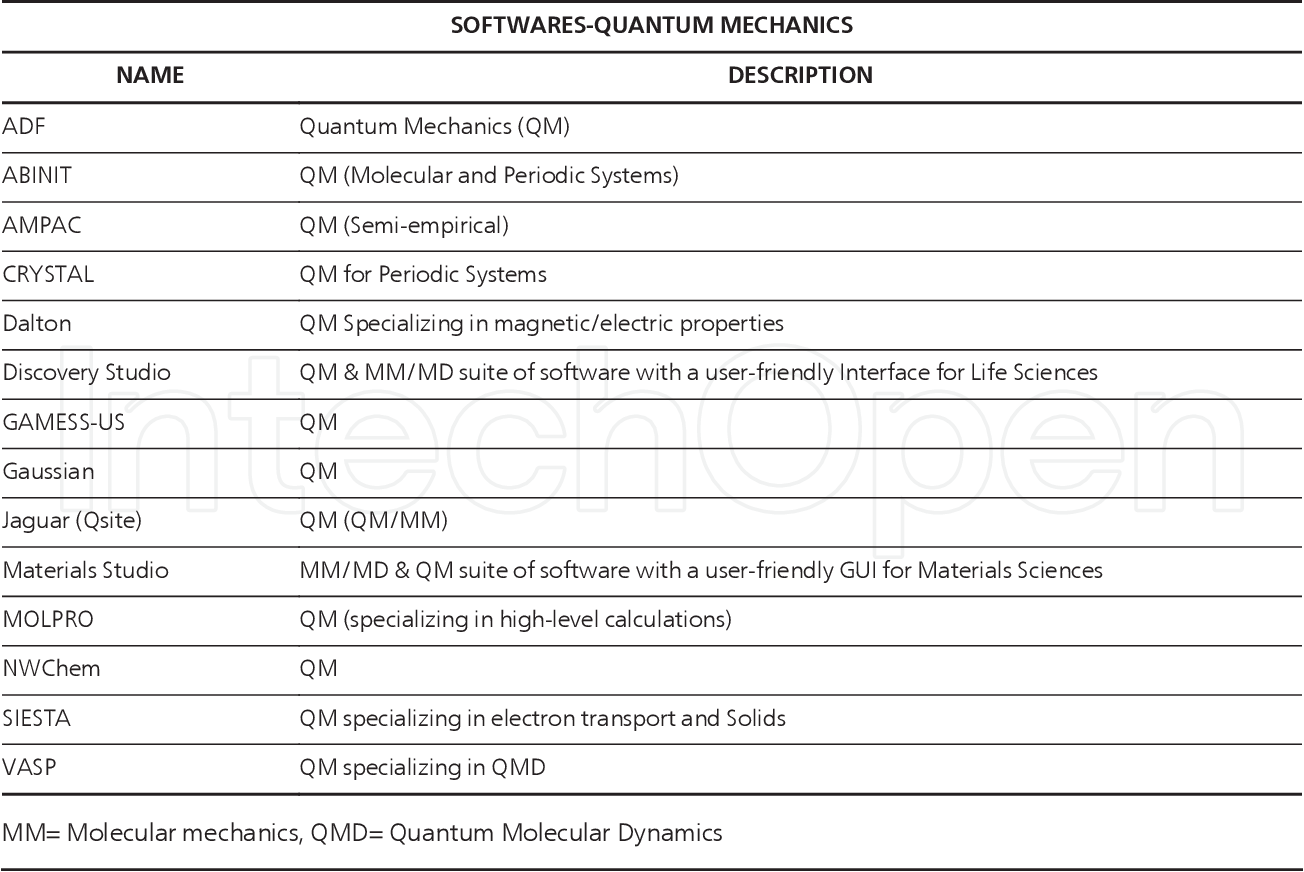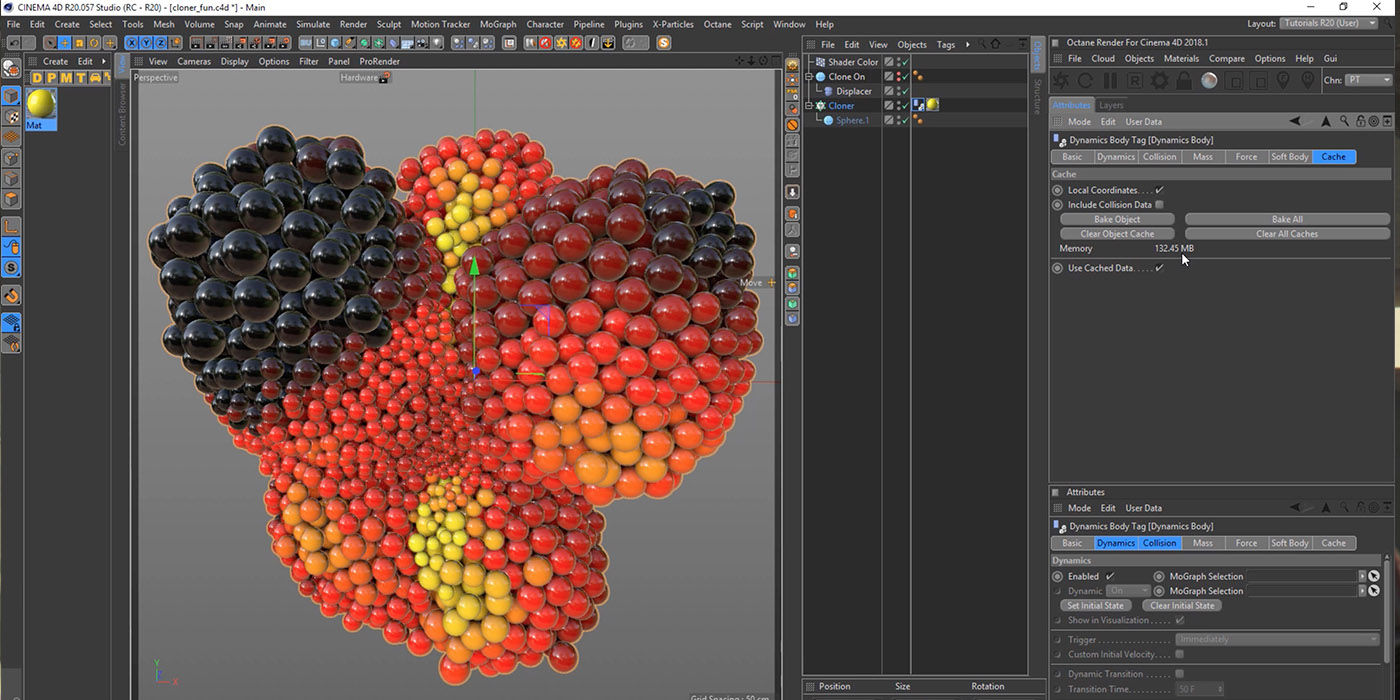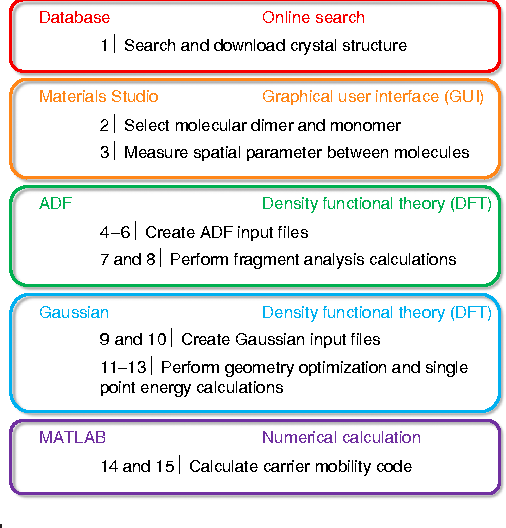

- Materials studio gui full#
- Materials studio gui android#
- Materials studio gui software#
- Materials studio gui code#
ReSharper C++ boasts a first-class C++ parser, as well as remote procedure calls, HLSL support, and a thorough understanding of Unreal Engine reflection mechanisms.
Materials studio gui code#
Code completion, code generation, and navigation all work with a deep knowledge of Unreal Engine. Note: To report bugs and suggestions to the Qt Project Bug Tracker, select Help > Report Bug in Qt Design Studio. A Visual Studio extension for Unreal Engine developers.
Converting Qt 5 Projects into Qt 6 Projects. Built-in Plugin Store lets you also sell your own plugins to other users. Publish to Web - get a permanent URL for your web app with one click. Mobile Preview - view your design immediately on any mobile device. Import from Sketch - our advanced Transfer plugin lets you bring symbols as components, specify layers as dynamic elements, etc. Use built-in drawing tools and/or continue to use tools such as Illustrator, Photoshop, and Sketch. You can then modify these changes as needed. BIOVIA Materials Studio is a complete modeling and simulation environment designed to allow researchers in materials science and chemistry to predict and. Materials studio gui android#
Note: When you add sample data to a View, Android Studio makes changes to your project as though you were using your own data.
Sophisticated, yet easy to use tools for responsive screen layout and design of interactions. In Android Studio 3.2 and later, you can add sample preview data to a TextView, an ImageView, or a RecyclerView from within the Layout Editor. 
Materials studio gui software#
Customizable interactive UIs for component properties. RStudio provides free and open source tools for R and enterprise-ready professional software for data science teams to develop and share their work at scale.Drag-and-drop web app creation using real React components.
 Smart version control integration using Git branches. Export complete projects using Facebook's official “create-react-app” project structure. Integrated Plugin Editor with API verifier to ensure interface compatibility. Drag-and-drop use existing React/npm packages, with npm dependencies preserved on export. Gives developers an easy way to package new code for controlled drag-and-drop use by designers. Project and code output is fully open, no vendor lock-in. Here are the steps (more or less) that i followed. But the method will be generally the same for all materials. Developers keep all existing tools and integrations. Ok, i used material studio for starch and other complex materials and large chains. Fits into and optimizes existing workflow doesn't require abandoning or changing any tools or investments. What if ops could provide endpoints for data and change them as often as they needed to without triggering any code rewrites or regression testing? Testers and Operations want to use real data during design and test to minimize surprises in production. What if you had an easy way to package reusable code components so that designers could simply use them to assemble an app out of components that you wrote - and debugged - before the designer even started on a project?Īnd what if the output of the design assembly was still your code inside a clean React scaffolding (and not some weird framework by a GUI tool vendor trying to lock you into their solution)? What if it also integrated with Git for version control, so you know exactly which code came from the tool? We don't like special cases, glue, and boilerplate. We also like to write code that is reusable. Sometimes the coders simply cannot implement exactly what we've designed, and then it is back to the drawing boards.īut what if we could prototype in code, and your designs came to life immediately with real data?Ĭoders want to create value by writing new features. You place a real checkbox, decide how it should fit in the layout, then connect it to some real data, make it interactive.
Smart version control integration using Git branches. Export complete projects using Facebook's official “create-react-app” project structure. Integrated Plugin Editor with API verifier to ensure interface compatibility. Drag-and-drop use existing React/npm packages, with npm dependencies preserved on export. Gives developers an easy way to package new code for controlled drag-and-drop use by designers. Project and code output is fully open, no vendor lock-in. Here are the steps (more or less) that i followed. But the method will be generally the same for all materials. Developers keep all existing tools and integrations. Ok, i used material studio for starch and other complex materials and large chains. Fits into and optimizes existing workflow doesn't require abandoning or changing any tools or investments. What if ops could provide endpoints for data and change them as often as they needed to without triggering any code rewrites or regression testing? Testers and Operations want to use real data during design and test to minimize surprises in production. What if you had an easy way to package reusable code components so that designers could simply use them to assemble an app out of components that you wrote - and debugged - before the designer even started on a project?Īnd what if the output of the design assembly was still your code inside a clean React scaffolding (and not some weird framework by a GUI tool vendor trying to lock you into their solution)? What if it also integrated with Git for version control, so you know exactly which code came from the tool? We don't like special cases, glue, and boilerplate. We also like to write code that is reusable. Sometimes the coders simply cannot implement exactly what we've designed, and then it is back to the drawing boards.īut what if we could prototype in code, and your designs came to life immediately with real data?Ĭoders want to create value by writing new features. You place a real checkbox, decide how it should fit in the layout, then connect it to some real data, make it interactive. 
In React Studio you dont draw a picture of a checkbox.
Materials studio gui full#
Maybe a text area needs to be bigger, or different screen sizes throw off your carefully crafted proportions. React Studio is a rich design environment that gives you full control over high-level aspects of an apps design. Designers prototype because design is an iterative process, and using a prototyping tool allows us to go through those iterations without the delay and cost of coding.īut sooner or later, that prototype has to get implemented as code with real world data, and that's when our problems start.








 0 kommentar(er)
0 kommentar(er)
